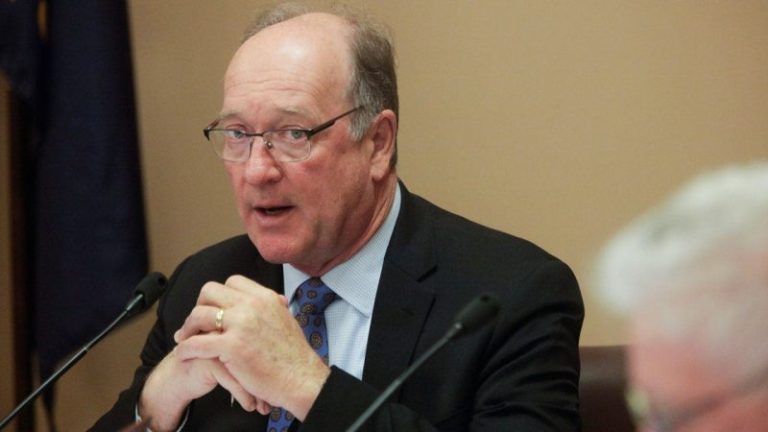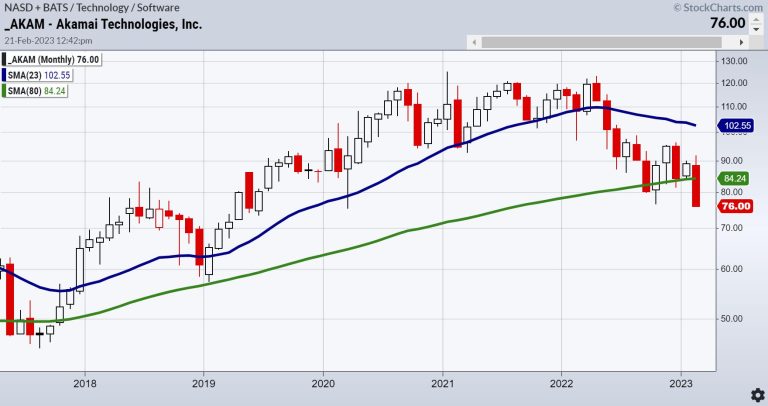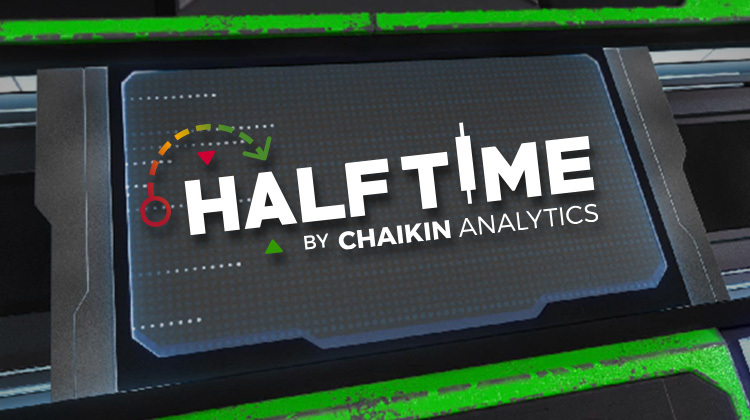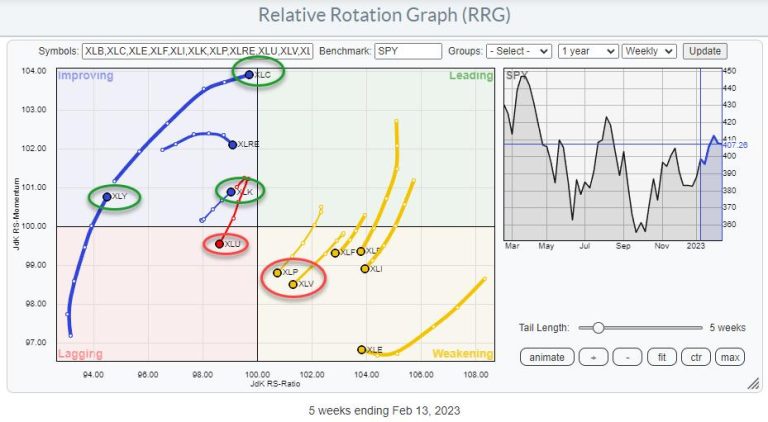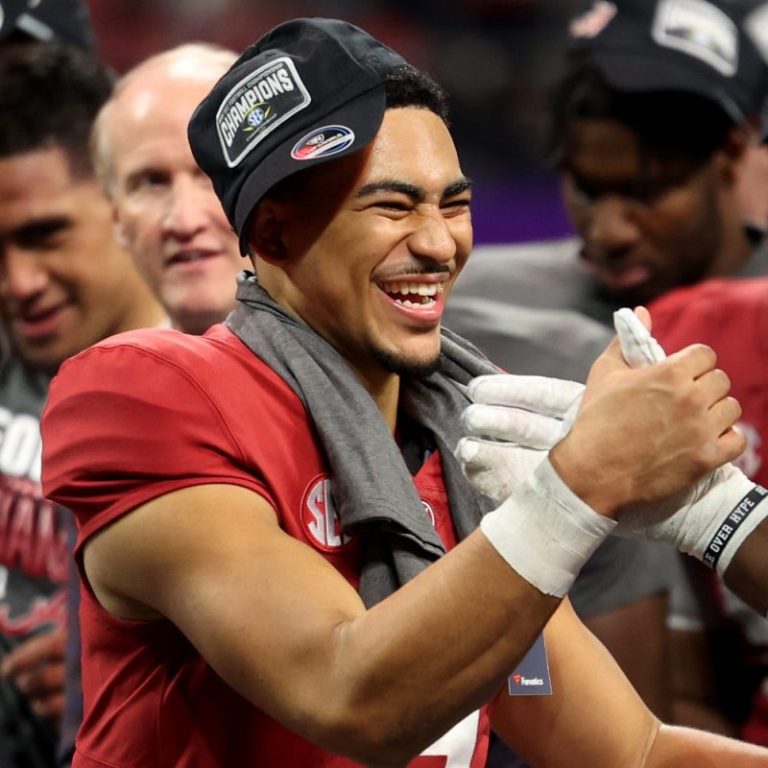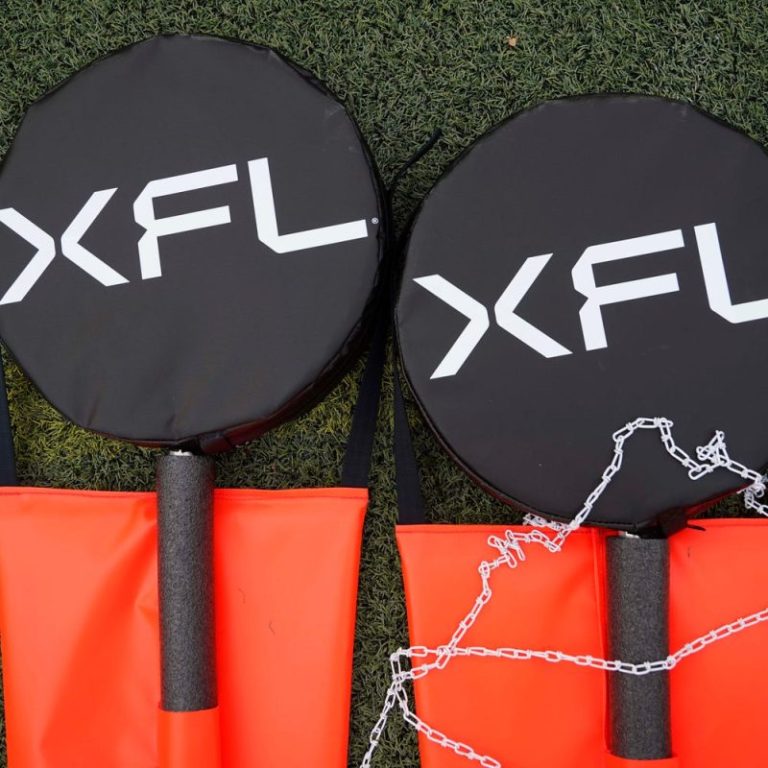GLENDALE, Ariz. – With Super Bowl 57 already receding into the desert horizon, the NFL’s offseason is officially here in force.
The annual quarterback carousel has already begun spinning amid Derek Carr’s release in Las Vegas, and the coming days will be flecked with talk of franchise tags and such. But the league’s annual scouting combine isn’t two weeks away – and that means the opening of draft season.
Yay.
Naturally, that means mock drafts – even if these early iterations are inherently flawed by the lack of insight that free agency and trades will provide. But let’s not allow that to stop premature projections of how Round 1 of the 2023 draft will unfold (Note: The Miami Dolphins, who were scheduled to select 21st, forfeited their pick for illegally tampering with QB Tom Brady and coach Sean Payton when they were under contract with other clubs):
1. Chicago Bears – DT Jalen Carter, Georgia
A plethora of options here, and GM Ryan Poles has numerous needs to address. Pass rusher should most certainly be under consideration for a team that recorded a league-low 20 sacks. Offensive line would make sense given the Bears need to put more pieces (and protection) around QB Justin Fields. Trading down a few spots with a team in need of a franchise passer obviously is a viable path – though Poles didn’t completely rule out a quarterback for himself, and that would open up an entirely different can of worms. But let’s go with Carter to anchor a defense that surrendered the most points in the league and was the NFC’s worst against the run (157.3 yards allowed per game). The 6-3, 300-pounder’s sack numbers (3 last year) won’t wow you. But the All-American is cat quick, lines up at all points along the front, can push the pocket and gets exceptional penetration and is especially effective at swallowing running backs. Chicago coach Matt Eberflus, who previously ran the Colts defense, might see his new version of DeForest Buckner.
2. Houston Texans – QB Bryce Young, Alabama
He can sling it, never better than in 2021 when he won the Heisman Trophy. That season, Young finished with 4,872 yards and 47 TDs through the air. He’s accurate (66% completion rate in college) and his career 80-to-12 touchdown-to-interception ratio is indicative of solid decision-making. Young is highly mobile, though typically buys time to pass and does a nice job keeping his eyes downfield – a la peak Russell Wilson. The combine will officially determine whether he’s 6 feet and/or 200 pounds, either figure likely to concern his next team – especially since Young won’t be afforded the same level of protection he was at Alabama.
3. Arizona Cardinals – OLB Will Anderson Jr., Alabama
Schematically, he was probably a better fit with the 3-4 front the Cards had used in recent seasons. But you don’t say no when you get the chance to take someone with Anderson’s characteristics given his size (6-4, 243 pounds), burst and power. And given the success new head coach Jonathan Gannon had deploying LB Haason Reddick, who’s smaller than Anderson, on the edge in Philadelphia, there should be no issues here. The two-time SEC Defensive Player of the Year was truly spectacular in 2021, when he led the country with 17½ sacks and 31 tackles for loss.
4. Indianapolis Colts – QB C.J. Stroud, Ohio State
After its 2022 crash and burn, time for this organization to reset under center with youth rather than continuing to play musical chairs with fading veterans. New HC Shane Steichen has been coordinating offenses since 2019 and been quite successful with a range of quarterbacks including Philip Rivers, Justin Herbert and Jalen Hurts. Of that group, Stroud (6-3, 215 pounds) most closely resembles Herbert as he’s accurate (69.3% completion rate in college), productive (85 TD passes, 12 INTs, 182.4 passer rating over last two seasons) and athletic – but, like Herbert, more inclined to extend plays to throw rather than break the pocket. Stroud was on the losing end of both his starts against Michigan and in a 2023 College Football Playoff semifinal against Georgia – but he was spectacular in that final game, passing for 348 yards and four TDs against an awesome Bulldogs defense.
5. Seattle Seahawks (from Denver Broncos) – DE Tyree Wilson, Texas Tech
Assuming QB Geno Smith re-signs, they won’t have to burn this valuable selection obtained in the Wilson trade on another passer – and most likely not on an already solid offense. But reinforcements for a defense that hasn’t ranked better than 22nd since 2018 are long overdue. Wilson, a 6-6, 275-pound edge rusher with 14 sacks and 27½ TFLs over the past two seasons, should provide needed pressure that would make a young group of cornerbacks shine even more.
6. Detroit Lions (from Los Angeles Rams) – CB Devon Witherspoon, Illinois
As satisfied as they seem with QB Jared Goff, this might be the Lions’ last best chance to take a young quarterback knowing Goff’s contract only runs two more seasons. But barring that, Detroit has to alter what was statistically the league’s worst defense in 2022. As disappointing as Jeff Okudah and these corners have generally been, Witherspoon makes perfect sense – and his willingness to tackle and mix it up behind the line of scrimmage while taking on runners seem to be a good fit for a Dan Campbell-coached team.
7. Las Vegas Raiders – OT Peter Skoronski, Northwestern
A number of directions they can go following the release of Carr, though the guess here is the Silver and Black will pursue a veteran replacement in free agency. A 28th-ranked defense is also in dire need of help. But with starting RT Jermaine Eluemunor unsigned, Skoronski could upgrade that spot opposite established Kolton Miller but also transition back to the left side down the road.
8. Atlanta Falcons – QB Anthony Richardson, Florida
Should be a fascinating offseason in the ATL, where the Falcons are positioned to make a splash in free agency and should challenge for the NFC South title in 2023. Yet, even though QB Desmond Ridder is coming off his rookie season, Atlanta – owner Arthur Blank had his team in the running for Deshaun Watson last year – will have a prime opportunity to reinvest at the position with a talent like Richardson. At 6-4, 232 pounds with a huge arm and the ability to bowl over or outrun defenders, the skill set is tantalizing. He could also clearly benefit from a season (or more) to marinate under HC Arthur Smith and work on his accuracy while the less physically gifted Ridder’s evaluation continues. But Smith’s penchant for extracting the most from his players and the prospect of Richardson eventually joining an offense with several promising young players could make him hard to bypass.
9. Carolina Panthers – QB Will Levis, Kentucky
Fairly or not – OK, not – the strong-armed, athletic, 6-3, 232-pounder is going to draw comparisons to the likes of Matthew Stafford and Josh Allen. But Levis needs to improve his consistency and footwork while recovering from the physical beating he endured in 2022. New HC Frank Reich might be the guy to help iron out those issues. Probably be a good idea to have a veteran on hand so Levis wouldn’t have to play before he’s ready for the NFL, however this team also appears ready to win provided it can stabilize the situation under center.
10. Philadelphia Eagles (from New Orleans Saints) – DT Bryan Bresee, Clemson
A guy who can play up and down the line, Bresee (6-5, 300 pounds) fits the profile of a Philly first-rounder – and especially in a year when the team’s defensive tackle depth will likely be decimated with Javon Hargrave, Fletcher Cox, Ndamukong Suh and Linval Joseph ticketed for free agency.
11. Tennessee Titans – WR Quentin Johnston, TCU
The offense seemingly never recovered from the highly debated draft night trade of A.J. Brown last year. Johnston is big (6-4, 215 pounds) and explosive and – in concert with 2022 first-rounder Treylon Burks – could open up the field for RB Derrick Henry while providing a massive target for whoever is playing quarterback in Nashville next season.
12. Texans (from Cleveland Browns) – TE Michael Mayer, Notre Dame
He catches (138 receptions for 1,649 yards over past two seasons), he blocks, he scores (16 TDs over past two seasons), and the 2022 All-American is huge (6-4, 265 pounds). Is there a better way to help a young quarterback and RB Dameon Pierce?
13. New York Jets – OT Paris Johnson Jr., Ohio State
It seems a given the NYJ will acquire a veteran quarterback this spring, so it stands to reason they should bolster an offensive line set to lose starting OT George Fant and C Connor McGovern in free agency. Johnson (6-6, 310 pounds) would assume the left tackle job Mekhi Becton hasn’t been healthy (or nimble) enough to hold down. If Becton gets on the field in 2023, slot him for the right side.
14. New England Patriots – WR Jordan Addison, USC
Bill Belichick’s poor history drafting receivers can’t be denied, but that doesn’t change the fact a 20th-ranked passing offense doesn’t have even a 600-yard receiver under contract going into 2023 with WRs Jakobi Meyers and Nelson Agholor on the way out. At 6 feet, 175 pounds, Addison’s on the slight side but was highly productive at Pitt (100 catches for 1,593 yards and 17 TDs in 2021) before transferring to the Trojans and leading them with 59 grabs for 875 yards and eight scores last year despite missing time with an ankle injury. His ability to play wide or in the slot should appeal to Belichick.
15. Green Bay Packers – DB Brian Branch, Alabama
Whether the 6-foot, 193-pound All-American lines up in the slot, safety, corner or all of the above, the Pack’s secondary needs the help. Branch had two INTs, three sacks and 14 TFLs in 2022.
16. Washington Commanders – CB Joey Porter Jr., Penn State
The son of the former Steelers linebacking star of the same name, Porter Jr. is a big (6-2, 194) corner who could plug in nicely for a team that could use quality depth beyond what Kendall Fuller provides.
17. Pittsburgh Steelers – OT Broderick Jones, Georgia
As much as they’re counting on Kenny Pickett – almost indisputably the worst quarterback in the AFC North, even if he blossoms into a Pro Bowler in 2023 – it’s high time to invest in the protection in front of him, which would also surely meet with RB Najee Harris’ approval, too.
18. Lions – DE Myles Murphy, Clemson
Another asset for Detroit’s defense. The productive All-ACC edge man had 18½ sacks and 36 TFLs in three seasons with the Tigers and would make a nice bookend with DE Aidan Hutchinson.
19. Tampa Bay Buccaneers – CB Christian Gonzalez, Oregon
The Brady-less, capped-out Bucs seem headed for an overhaul. But with DBs Jamel Dean, Mike Edwards, Logan Ryan and Sean Murphy-Bunting all headed for the open market, a talented corner like Gonzalez seems a like a logical choice.
20. Seahawks – G O’Cyrus Torrence, Florida
Seattle still gave up too many sacks in 2022 – can’t blame Wilson for those – and could also use a mauler to further Pete Carroll’s desire to run the ball with RB Kenneth Walker III and Co.
21. Los Angeles Chargers – WR Jaxon Smith-Njigba, Ohio State
Are you getting the guy who racked up 347 receiving yards in the 2022 Rose Bowl? Or the guy who missed most of last season with a hamstring injury, which spurred a lot of questions? Maybe both. But with Keenan Allen slowing down and maybe about to be a cap casualty, Smith-Njigba would make an outstanding Robin to Mike Williams’ Batman in this offense.
22. Baltimore Ravens – CB Kelee Ringo, Georgia
What better way to replace a big, physical corner like Marcus Peters than with a big, physical corner like Ringo … though he’s not the takeaway machine Peters is.
23. Minnesota Vikings – OLB Nolan Smith, Georgia
One way to address the NFC’s worst pass defense? Infuse more juice into its pass rush, and Smith can do just that – especially if he’s allowed to start out with a focus on sub packages and passing downs.
24. Jacksonville Jaguars – TE Dalton Kincaid, Utah
The Jags’ top three tight ends are unsigned. Kincaid, an All-Pac-12 player (70 catches, 890 yards, 8 TDs) in 2022, might be better than all of them and would give QB Trevor Lawrence another dangerous weapon for an ascending offense.
25. New York Giants – WR Zay Flowers, Boston College
Like (injured) 2022 second-rounder Wan’Dale Robinson, he’s diminutive (5-10, 172 pounds). But Big Blue really needs bodies for its receiving corps, Sterling Shepard already dropped into the free agent market. Flowers is a weapon in the slot, from where he’ll occasionally motion into a jet sweep (57 rushes in four seasons).
26. Dallas Cowboys – CB Cam Smith, South Carolina
A big corner (6 feet, 188 pounds) who can play wide or in the slot and should definitely flourish while improving coverage opposite Trevon Diggs if he takes No. 1 receivers.
27. Buffalo Bills – RB Bijan Robinson, Texas
This has to be the year Buffalo pulls the trigger on an every-down back to reduce the rushing load on QB Josh Allen, right? Especially with Devin Singletary’s contract expiring? Quite the workhorse, Robinson had more than 3,300 yards from scrimmage over the past two seasons and averaged 6.7 yards per touch.
28. Cincinnati Bengals – S Antonio Johnson, Texas A&M
The All-SEC performer can line up just about anywhere, including the slot, and is an effective defender in coverage and coming up to shut down the run. His 6-3 frame would come in handy in a division with TEs like Baltimore’s Mark Andrews and Pittsburgh’s Pat Freiermuth. A good chunk of Cincy’s secondary is unsigned, including starting safeties Jessie Bates III and Vonn Bell.
29. Saints (from San Francisco 49ers via Dolphins and Broncos) – DE Lukas Van Ness, Iowa
New Orleans picked up this peripatetic pick by letting Payton go to Denver. Van Ness should be an every-down player who can line up outside or in depending on the situation. And with this D-line set to lose David Onyemata, Marcus Davenport and Shy Tuttle, a versatile replacement who can get to the quarterback – Van Ness has 13 sacks and 17 TFLs over the past two seasons – would provide welcome support to aging DE Cam Jordan, 33.
30. Eagles – CB Deonte Banks, Maryland
A sizable corner (6-2, 205) with the ability to press, he could potentially plug into a secondary that probably can’t afford to keep CB James Bradberry.
31. Kansas City Chiefs – OLB/DE Andre Carter II, Army
He’s got an outside shot to be the first West Pointer taken in Round 1 in the NFL’s common draft era (since 1967) … even if a player like Georgia Tech’s Keion White is probably an easier evaluation here. But when you’re 6-7 and 260 pounds, Carter must be on the radar. His 15½ sacks in 2021 ranked second only to Anderson nationally and earned him a spot on that season’s third-team All-American squad. Carter – or, sure, White – could give the champs a nice edge mix with veteran Frank Clark and 2022 first-rounder George Karlaftis.
***
Follow USA TODAY Sports’ Nate Davis on Twitter @ByNateDavis.
This post appeared first on USA TODAY

